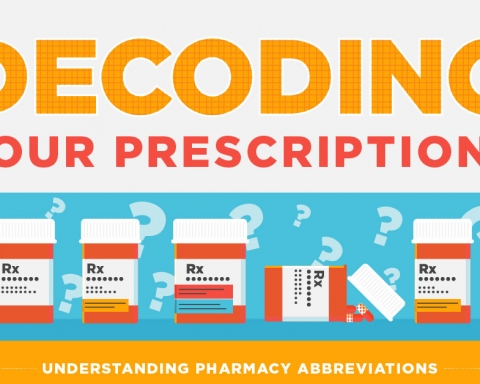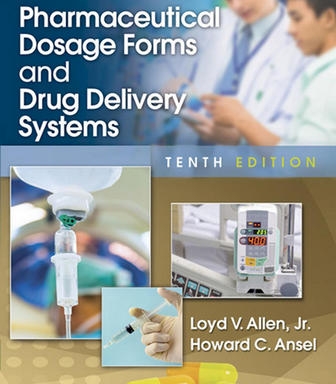As pure compounds, drugs are usually solid substances (amorphous or crystalline) or, in rare cases, liquids. Drugs are combined with several inert materials called excipients, and these mixtures are processed into distinct units called dosage forms.
Each excipient plays an important role in the overall performance of the dosage form. An excipient may facilitate drug release, improve drug stability, protect the product from microbial contamination, provide elegance, or make the product easy to manufacture on a large scale. Examples of dosage forms are tablets, capsules, suspensions, solutions, and ointments.
[wp_ad_camp_1]
Dosage forms can be administered to patients via several different routes of administration (e.g., oral, injectable, rectal). Many dosage forms have to be used with a specialized administration device, such as an inhaler, a nasal spray, or a transdermal patch. The complete system of dosage form and administration device is called the drug delivery system, or drug product.








